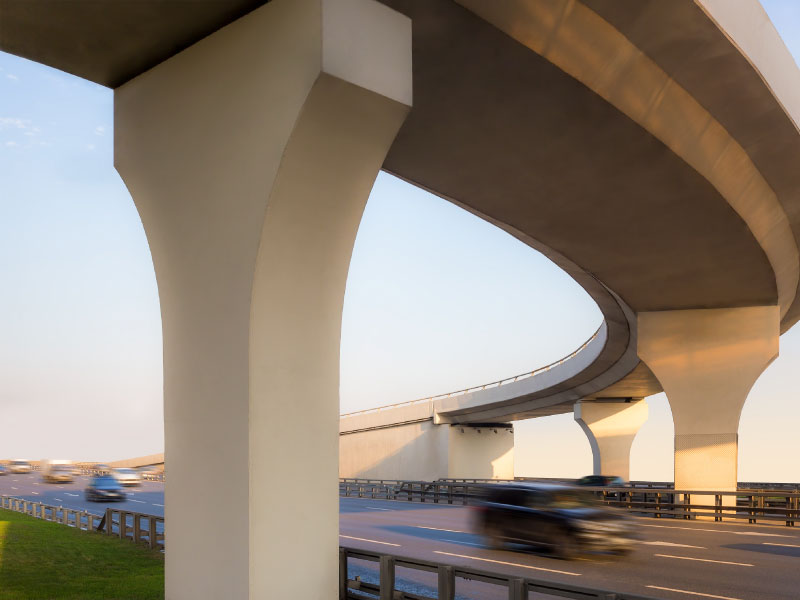Why Is Cybersecurity Critical in Protecting Infrastructure?
Published 06/09/2021
 Written by Angela Stone, Content Creator, Eleven Fifty Academy
Written by Angela Stone, Content Creator, Eleven Fifty Academy
Cybersystems, assets, and physical infrastructure are vital to the economy of a country. Destroying or incapacitating infrastructure and cyber systems can have a devastating impact on the economy. Industries such as the oil and gas industries are some of the key sectors that are a concern when it comes to cybersecurity.
Though such industries have physical security that can deny access to all cyber-physical assets, they may also have to implement various cyber defenses depending on the system or device in question. If you want to have a zero-trust distribution of critical infrastructure protection (CIP), you should note that physically breaching a site is easier than cyber access.
Here is what you need to know about the role of cybersecurity in critical infrastructure protection:
Threat to Critical Infrastructure
Critical infrastructure in the United States is always under physical and cyber threats. Industries such as oil and gas, defense, healthcare, transportation, electric power grids, banking and finance, communication, education, and more require robust cybersecurity policies to avoid attacks.
The U.S. government has taken several measures to intensify security and combat cyber threats. For example, in the oil or any other industry, a cybercriminal will try to physically access the facilities first to gain access to their network.
The defenses you use to zone off assets in the facility and the endpoint protection you use will determine how far a criminal can get during an attack. Older process networks and facilities in the oil and gas industries lack segmentation. This is now one of the best practices of networking designs today.
As operators of pipelines and other industries forge ahead with digital transformation, segmentation will play a huge role in keeping cyber assets safe remotely and locally. It is critical that all players in the IT industry realize how crucial segmentation is to cybersecurity. Veterans can use GI benefits to take cybersecurity courses for free and become part of this growing industry.
Understanding Segmentation According to Business Criteria
You should note that segmentation is not just about breaking apart the network, according to the IP-Address. Though segmentation has to identify and group devices into Enclaves or Zones according to business criteria to keep the vulnerable devices in that specific IP-Address safe, access to these devices should also be controlled by protocols, users, networks, devices, and groups.
In some cases, you may have to consider restricting access during certain times of the day. The Internet of Things (IoT) is gradually taking over the energy industry. This means that you can expect to see more devices connected to these networks collecting information and running on a vendor proprietor's hardware and software. This makes it challenging for the system operator to patch or manage it.
It is vital that O&G have a definite plan on how to address the rising trend of segmentation and have a zero-trust-based strategy to offer the best way to keep the integration safe, secure, and reversible.
Inclusion of Sensor Security and Camera in Segmentation
The zoning of radio frequency (RF) technologies such as cellular, Wi-Fi, satellite, and Microwave will also be included in segmentation. The operators of SCADA and ICS systems have to be more mindful of the probability of an upstream threat or attack by a criminal who manages to compromise or breach RF facilities.
Devices and remote facilities have cameras and sensors that can sound an alarm or alert the right authorities of a breach. However, because remote attackers already have access to the facilities, they can plant a device, compromise the facility, and go completely unnoticed.
Physical access can also give criminals the opportunity to interfere with the runtime OS or the OS of devices in the network. To find such breaches and threats, you may have to do a physical search of the cabinet or facility and audit the OS.
Segmentation and Zoning Limits Damage
Zone trust segmentation or zoning is also essential. If you are unable to conduct a physical search or do anything to confirm that the site is safe from any threats, you will need to have zone limits. The right zoning enforcement will help you limit and separate any damage to a region. You will know exactly where to go.
In a Zero Trust network, zones also double up as inspection points for any traffic entering and leaving the enclave. You can also enable virtual sandboxing, IPS, and IDS technology on the zone to allow customized protection of any vulnerable devices within the zone. Zoning with inspection technology will also ensure safe operations of OT and IT network systems.
Final Word
Implementing these security measures are some of the best practices that you can include in your cybersecurity policy to protect infrastructure. With zoning, device consideration, and a proper design, you will be a step closer to keeping the infrastructure safer. However, do not assume that your data is free from threats. Conduct regular inspections and update your security systems as necessary.
Angela is an Austin native and one of the talents on Eleven Fifty Academy's content team, specializing in coding and industry trends. When she's not writing for Eleven Fifty Academy, she's volunteering at her local adoption agency and providing her photography talents to doggies in need.
Unlock Cloud Security Insights
Subscribe to our newsletter for the latest expert trends and updates
Related Articles:
An Overview of the EU Cyber Resiliency Act (EU CRA)
Published: 11/18/2025
Fueling the AI Revolution: Modernizing Nuclear Cybersecurity Compliance
Published: 09/09/2025


.png)
.jpeg)
.jpeg)
.jpeg)
.jpeg)